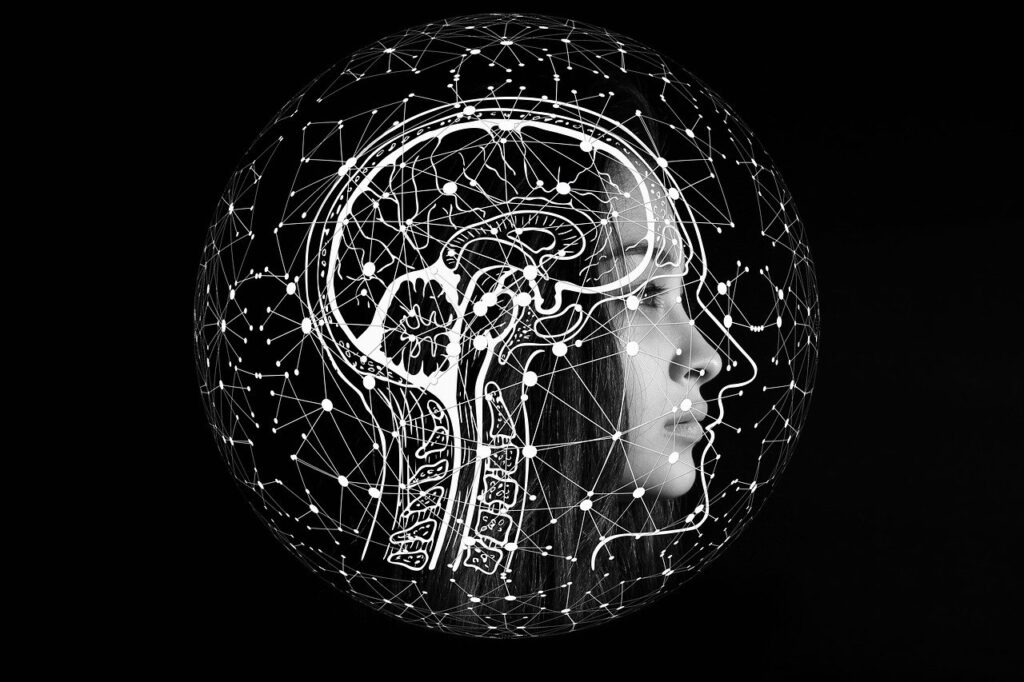Contents
ToggleRobotics and AI: How Robots Learn to Perform Tasks
In recent years, robotics and artificial intelligence (AI) have become increasingly prominent in our lives. From manufacturing to healthcare, robots are being used to perform a wide range of tasks. However, for robots to be truly useful, they need to be able to adapt to new situations and tasks. This is where robot learning comes in. In this blog post, we will explore the different types of robot learning, how robots learn to perform tasks, and the challenges and limitations of robot learning.
Types of robot learning
There are three main types of robot learning.
- Supervised learning
- Unsupervised learning
- Reinforcement learning.
Supervised learning
Supervised learning is the most common type of machine learning used in robotics. In supervised learning, a robot is trained using labelled data. This means that the data used to train the robot is labelled with the correct output. For example, if a robot is being trained to recognize objects, the training data would include images of objects labelled with their names.
Supervised learning is used in robotics to train robots to recognize objects, perform tasks, and make predictions. For example, a robot might be trained to recognize different types of objects on a conveyor belt in a manufacturing plant. Once the robot has been trained, it can then sort the objects into different bins based on their type.
Unsupervised learning
Unsupervised learning is another type of machine learning used in robotics. In unsupervised learning, a robot is trained using unlabelled data. This means that the data used to train the robot does not have any predefined labels.
Unsupervised learning is used in robotics for tasks such as clustering and anomaly detection. For example, a robot might be trained to identify anomalies in a manufacturing process. The robot would be trained on data from a normal manufacturing process and then tasked with identifying any deviations from that process.
Reinforcement learning
Reinforcement learning is a type of machine learning where a robot learns by trial and error. In reinforcement learning, the robot is given a reward or punishment based on its actions. The goal of reinforcement learning is for the robot to learn how to maximize its rewards.
Reinforcement learning is used in robotics to teach robots how to perform tasks. For example, a robot might be tasked with learning how to navigate through a maze. The robot would be given a reward for successfully navigating through the maze and a punishment for hitting a wall or getting stuck. Over time, the robot would learn how to navigate through the maze using the most efficient path.
Challenges and Limitations of robot learning
While robot learning has many potential benefits, there are also some challenges and limitations that need to be addressed. One of the main challenges of robot learning is the need for large amounts of data. For supervised learning, this means that the data needs to be labeled, which can be time-consuming and expensive. For reinforcement learning, this means that the robot needs to be able to explore its environment and learn from its mistakes, which can be dangerous in certain situations.
Another challenge of robot learning is the difficulty of generalizing from training data to new situations. In other words, a robot that has been trained to perform a specific task may not be able to perform that task in a slightly different environment. This is known as the problem of transfer learning.
Finally, there is the potential for bias in the training data. This can occur if the training data is not representative of the real-world environment in which the robot will be operating.
Future directions in robot learning
Despite these challenges, there are many promising directions for future research in robot learning. One such direction is transfer learning. Transfer learning involves training a robot on a set of tasks, and then using that knowledge to help the robot learn new tasks more quickly.
Another promising direction is meta-learning. Meta-learning involves teaching a robot how to learn, rather than teaching it a specific task. This means that the robot would be able to adapt to new tasks more easily, by using the knowledge and skills it has acquired from previous tasks.
Another area of future research in robot learning is human-robot collaboration. Robots are increasingly being used to work alongside humans, but for this to be successful, robots need to be able to learn from and adapt to human behavior. This involves developing robots that are able to perceive and understand human actions and intentions, as well as learning from human feedback.
Conclusion
Robotics and AI are transforming the way we live and work, and robot learning is a crucial component of this transformation. Whether it’s sorting objects on a manufacturing line or navigating a maze, robots are learning to perform a wide range of tasks. However, there are still many challenges and limitations that need to be addressed before robots can be truly intelligent and adaptive. Through continued research and innovation, we can develop robots that are not just tools, but partners in our daily lives.
